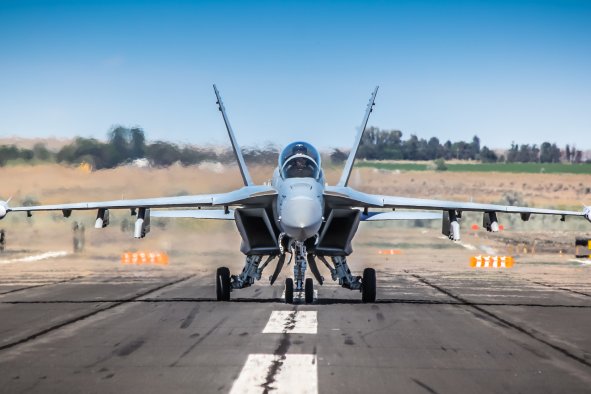MIT engineers may have found a way to help clumsy astronauts get back on their feet using superhero technology.
The engineers, working alongside NASA, have developed a system called the Supernumerary Robotic Limbs or "SuperLimbs." These spider-like limbs extend from a backpack and lift a fallen astronaut back off the ground.
This could be crucial in future missions to the moon, where gravity is only a sixth of that on Earth and astronauts may struggle to clamber up again after a fall due to their unwieldy space suits.
"Astronauts are physically very capable, but they can struggle on the moon, where gravity is one-sixth that of Earth's but their inertia is still the same. Furthermore, wearing a spacesuit is a significant burden and can constrict their movements," Harry Asada, a professor of mechanical engineering at MIT, said in a statement. "We want to provide a safe way for astronauts to get back on their feet if they fall."
Astronauts on the moon during the Apollo missions fell over fairly frequently, as seen in videos from the time, and had some trouble scrambling back to their feet due to the lack of gravity and their bulky suits. SuperLimbs are hoped to solve this problem in the future.
The system's motor, limbs, and controller are designed to be contained in a backpack that the astronauts would wear, which would also house their life support system.
The researchers made a prototype and tested it on subjects wearing similar clothing to a spacesuit. They found that when assisted by the limbs, they could get up from a sitting or lying down position easier than alone.
"It feels kind of like an extra force moving with you," MIT researcher Erik Ballesteros said. "Imagine wearing a backpack and someone grabs the top and sort of pulls you up. Over time, it becomes sort of natural."
Therefore, the SuperLimbs are hoped to help astronauts conserve crucial energy during extravehicular activities (EVAs) on the moon.
This is especially important for the upcoming Artemis missions to the moon, which will see astronauts walk on the lunar surface for the first time in half a century. These astronauts are hoping to build the first permanent base on the moon, which will be extremely physically demanding, so conserving energy will be of the utmost importance.
"During the Apollo era, when astronauts would fall, 80 percent of the time it was when they were doing excavation or some sort of job with a tool," Ballesteros said. "The Artemis missions will really focus on construction and excavation, so the risk of falling is much higher. We think that SuperLimbs can help them recover so they can be more productive, and extend their EVAs."
The MIT researchers have been working on SuperLimbs for over a decade, with this space-bound application being the latest in a series of uses, including aircraft and ship construction. Now, they're collaborating with NASA to adapt the technology for use on the moon.
"In communications with NASA, we learned that this issue of falling on the moon is a serious risk. We realized that we could make some modifications to our design to help astronauts recover from falls and carry on with their work," Asada said.
The team hopes to further streamline the design at NASA's Jet Propulsion Laboratory and test it in low-gravity situations with real astronaut spacesuits.
"Wearing a spacesuit can be a physical burden. Robotic systems can help ease that burden and help astronauts be more productive during their missions," Asada said.
Do you have a tip on a science story that Newsweek should be covering? Do you have a question about lunar missions? Let us know via science@newsweek.com.
Disclaimer: The copyright of this article belongs to the original author. Reposting this article is solely for the purpose of information dissemination and does not constitute any investment advice. If there is any infringement, please contact us immediately. We will make corrections or deletions as necessary. Thank you.



